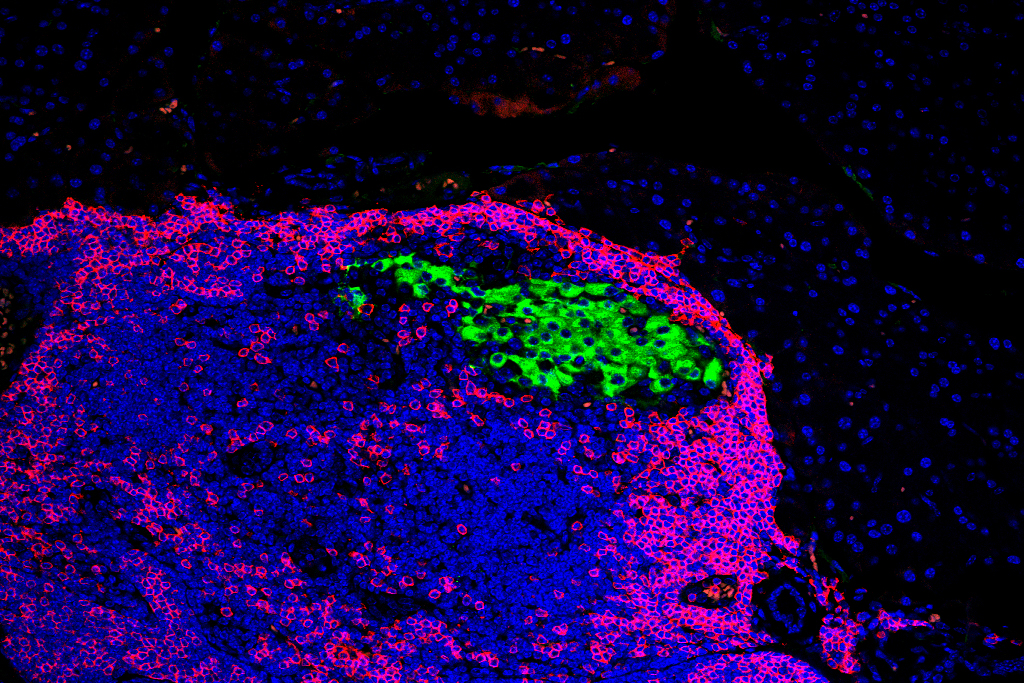Optimizing the World, One Problem at a Time
What if a computer program could allow you to submit an optimization problem you’re trying to solve — say mapping out the most efficient route for you to run your errands — and send back the best solution?
That’s the general idea behind the Network-Enabled Optimization Server, known as NEOS, a service supported by WID and Morgridge Institute for Research experts. With more than 1.8 million problems submitted to the server in 2013, NEOS’s growing popularity stems from the increasing importance of optimization in science, engineering and business.
Rosemary Berger, optimization support specialist for the server, says the project offers value for educators and researchers as well as companies outside of academia, especially considering the server’s best “solvers,” or algorithms that can help solve a problem, come at no cost to the user.
“We like to say optimization is everywhere — every business and discipline and person has problems to solve,” Berger says. “One basic example is planning errands to do on the weekend — you’re optimizing the most efficient route to get errands done. And given the range of industries that can benefit from optimization, people who might not have access to software to solve problems can have access to solve them through our server.”
Spanning across 60 countries around the globe, NEOS users come from a variety of fields and industries, including chemical engineering, computer science and architecture, finance, supply chain management, bioengineering and electrical and industrial engineering.
“We like to say optimization is everywhere — every business and discipline and person has problems to solve”
— Rosemary Berger
Many submissions focus on larger systems in engineering and science, but for fun, some users have submitted problems for a variety of topics, including how to optimize diet, solve Sudoku puzzles and organize holiday gift exchanges. Optimization faculty members Michael Ferris and Jeff Linderoth have used their modeling class to provide new examples highlighting ways in which mathematics can be used for real world problems.
With time, Berger and colleagues from the Optimization research area at WID are learning how people are using the server and providing case studies to showcase the diversity of problems solved. To address challenges, the group that supports NEOS recently published new educational materials to help new users identify the type of solver appropriate for his or her needs.
Berger also credits the spike of activity in recent years to the availability of the XML-RPC interface, allowing users to submit jobs from within their code, as well as the switch to HTCondor software for job management accomplished with the support of Miron Livny from WID and the Morgridge Institute.
The server, which was run by the Argonne National Laboratory from the mid 90s until 2010 before moving to the institutes, gives users access to 60 different software packages to solve problems in more than 12 categories.
Berger says the open-source nature of the project and ability to run problems without downloading software have made it easier for NEOS users.
To learn more and use the server, visit the NEOS website.
— Marianne Spoon









